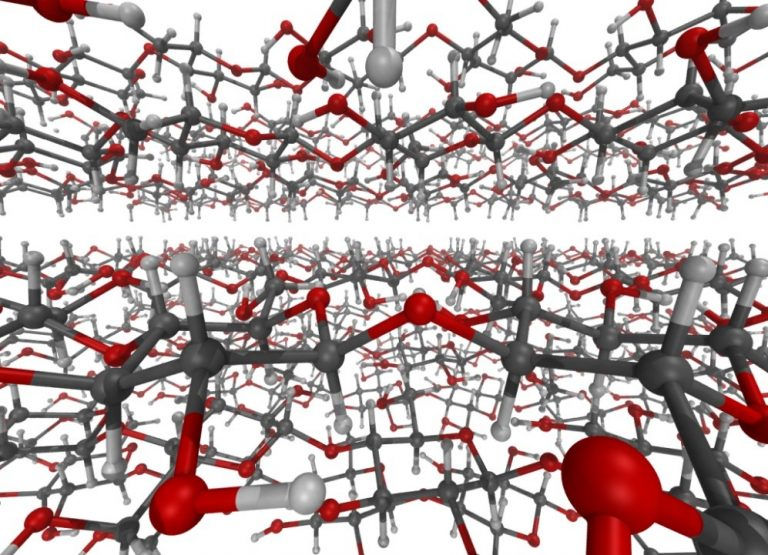BOP: Bands and Optical Properties of Nanocellulose
- Jukka Hassinen
- Aug 7, 2023
- 2 min read
Updated: Sep 1, 2023
Cellulose nanocrystals are single crystals with translational symmetry and, consequently, have a dispersive band structure. Recent ab initio calculations have shown that crystalline cellulose has an energy gap of around 5.5 eV. Understanding the dispersion of the bands and formation of the gap states arising from the surfaces is important for developing novel materials. The dispersion of delocalised states is crucial for the development of optical and, potentially, electrical applications of nanocellulose. BOP project will derive suitable atomistic structural models from experimental crystal structures and establish accurate enough theory that is capable of handling systems of relevant size. The results of BOP are expected to increase the understanding of the structure and modification of nanocellulosic materials, and thus benefit the future long-term innovations exploiting nanocellulose, including photonics, sensoring, electronics and optoelectronics. Technically and, especially, scientifically, the BOP approach opens a new way to contemplate nanocellulose, not only as biomass, but also as crystalline material with high potential to realise unexpected functions.

Main results
Density functional theory (DFT) calculations have been developed to determine the band structure and band dispersions of pristine and modified nanocellulose. The approach can be used to design and predict properties of chemically modified cellulose nanocrystals and fibrils (Carbohydrate Polymers, 2020).
Fundamental thermodynamic properties of crystalline cellulose allomorphs have been investigated using density functional theory (DFT) and compared with state-of-the-art experimental data (Molecules, 2022).
Mechanical properties of polypropylene-cellulose biocomposites have been investigated. The relationship between cellulose content and mechanical properties was successfully predicted at microscopic level.
The approach has been tested by chemically bonding molecules like coumarin and anthracene to nanocellulose fibres and comparing the calculations with experimental optical and structural data.
Publications (see also links below the news item)
Möttönen, N. B., & Karttunen, A. J. (2023). Mechanical Properties of Polypropylene–Cellulose Biocomposites: Molecular Dynamics Simulations Combined with Constant Strain Method. Molecules, 28(3), [1115]. https://doi.org/10.3390/molecules28031115
Modi, V., & Karttunen, A. J. (2022). Molecular Dynamics Simulations on the Elastic Properties of Polypropylene Bionanocomposite Reinforced with Cellulose Nanofibrils. Nanomaterials, 12(19), [3379]. https://doi.org/10.3390/nano12193379
Srivastava, D., Ahopelto, J., & Karttunen, A. J. (2022). Thermodynamic Properties of Crystalline Cellulose Allomorphs Studied with Dispersion-Corrected Density Functional Methods. Molecules, 27(19), [6240]. https://doi.org/10.3390/molecules27196240
Srivastava, D., Kuklin, M. S., Ahopelto, J., & Karttunen, A. J. (2020). Electronic band structures of pristine and chemically modified cellulose allomorphs. Carbohydrate Polymers, 243, [116440]. https://doi.org/10.1016/j.carbpol.2020.116440


